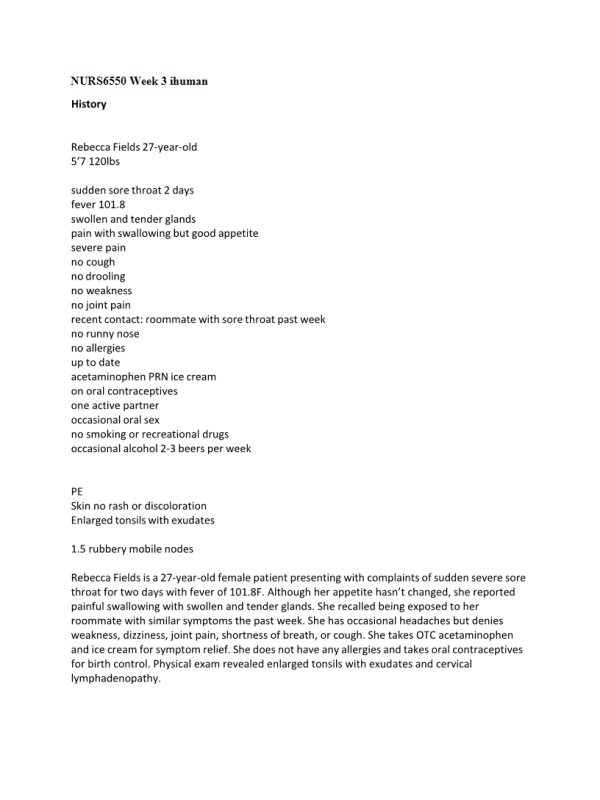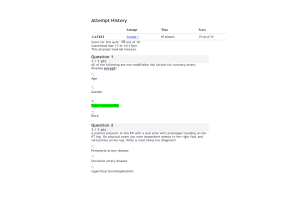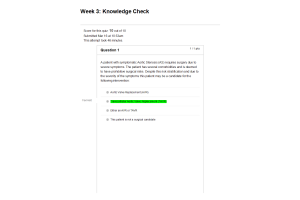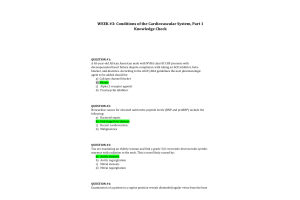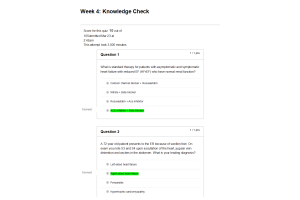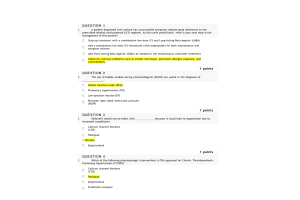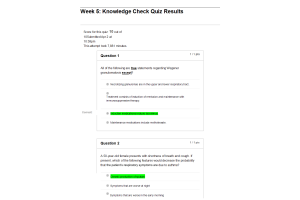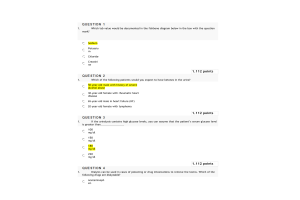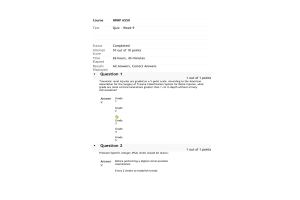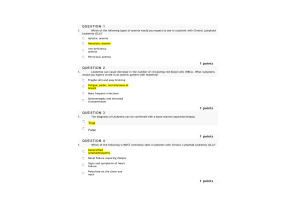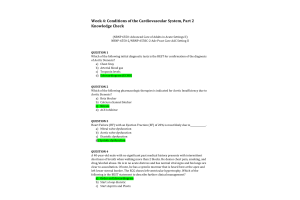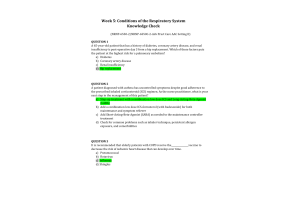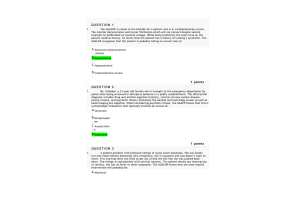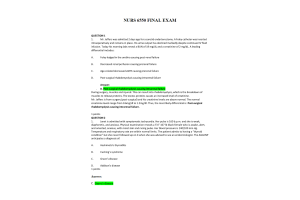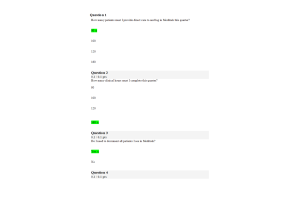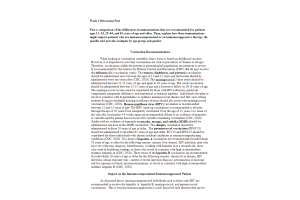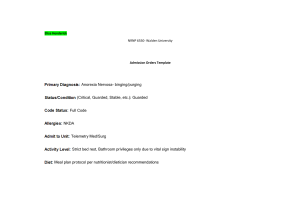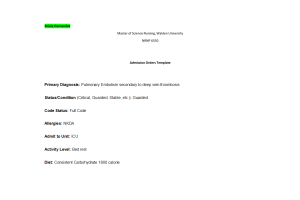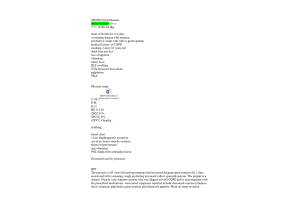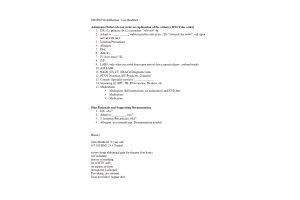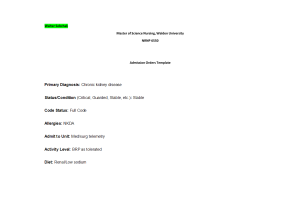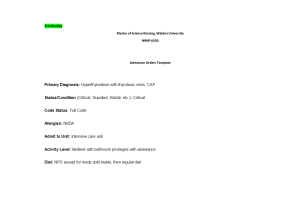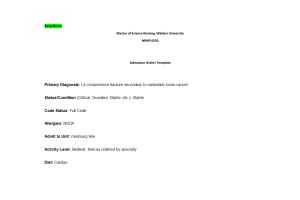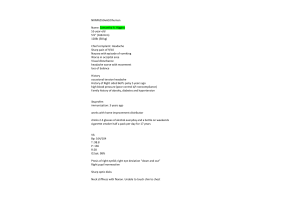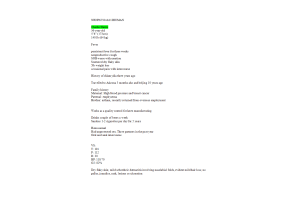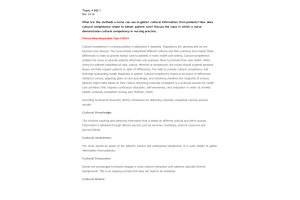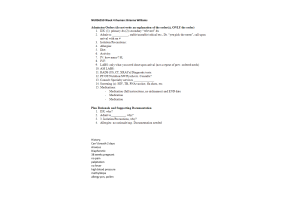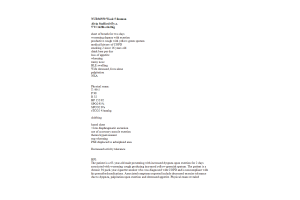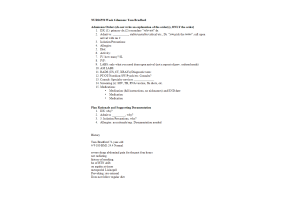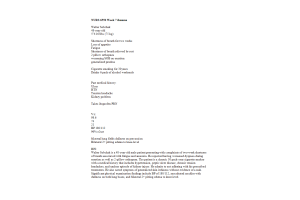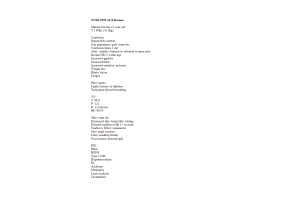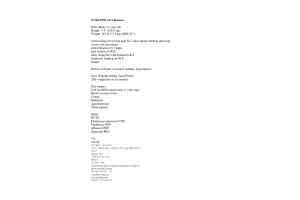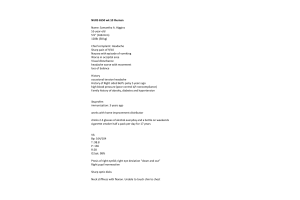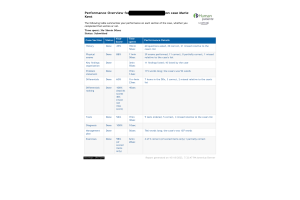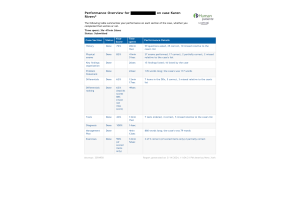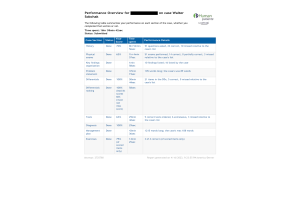NRNP 6550 Week 3 iHuman; Rebecca Fields 27-year-old
- $20.00
Rebeca Fields is a 27-year-old patient who presented with symptoms of a sore throat and fever. Based on her reported manifestations and clinical findings, her primary suspected diagnosis is Group A Streptococcus pharyngitis (GABHS). The clinical features most suggest Group A Beta-hemolytic streptococcal pharyngitis include the fever of 100.4F, tender anterior cervical lymphadenopathy, lack of a cough, and pharygotonsillar exudate (McPhee & Papadakis, 2018, p. 232). As Rebecca demonstrates all four physical findings, she was evaluated further to confirm the diagnosis and to determine the appropriate treatment plan. A throat culture to detect GABHS is the gold standard of diagnosis with a 10% or lower false negative rate (Baumann, Dains, & Scheibel, 2016, p. 386). Although the rapid screening for streptococcal antigen was negative, the throat culture results of the patient showed positive for Group A Streptococcal pharyngitis. The use of a recommended antibiotic regimen such as Penicillin or Amoxicillin is the antibiotic of choice to treat Group A Streptococcal pharyngitis which can shorten the duration of symptoms and eradicate the organism from the upper respiratory tract resulting in a reduced likelihood of transmission to family members, classmates, and other close contacts (Centers for Disease Control and Prevention, 2016). Due to cost efficiency and practicality, the patient was prescribed to have a 10-day course of Amoxicillin 500mg twice daily. Treating a person with group A strep pharyngitis with an appropriate antibiotic for 24 hours or longer generally eliminates their ability to transmit the bacteria and the incubation period is approximately two to five days (Centers for Disease Control and Prevention, 2016). As the patient does not present with manifestations of a medical emergency requiring inpatient management such as respiratory distress, systemic infection or dehydration, she will be managed in an outpatient basis and be educated with the treatment plan including drug therapy, diet, rest, proper hygiene, and a follow-up appointment with her primary care provider.
